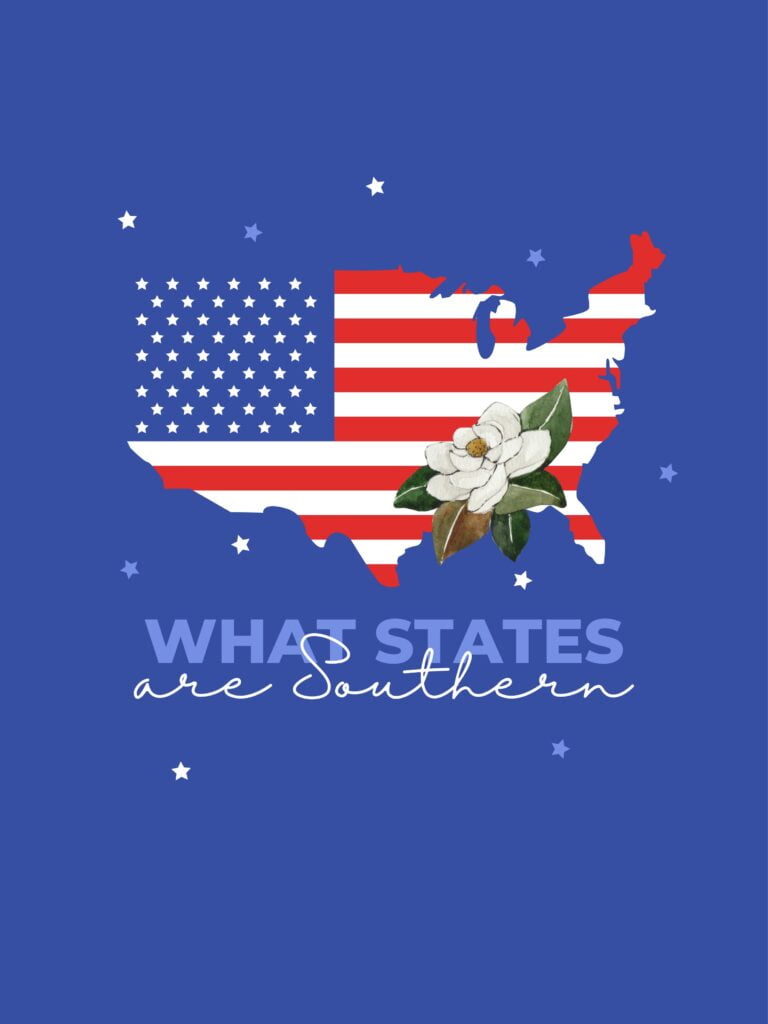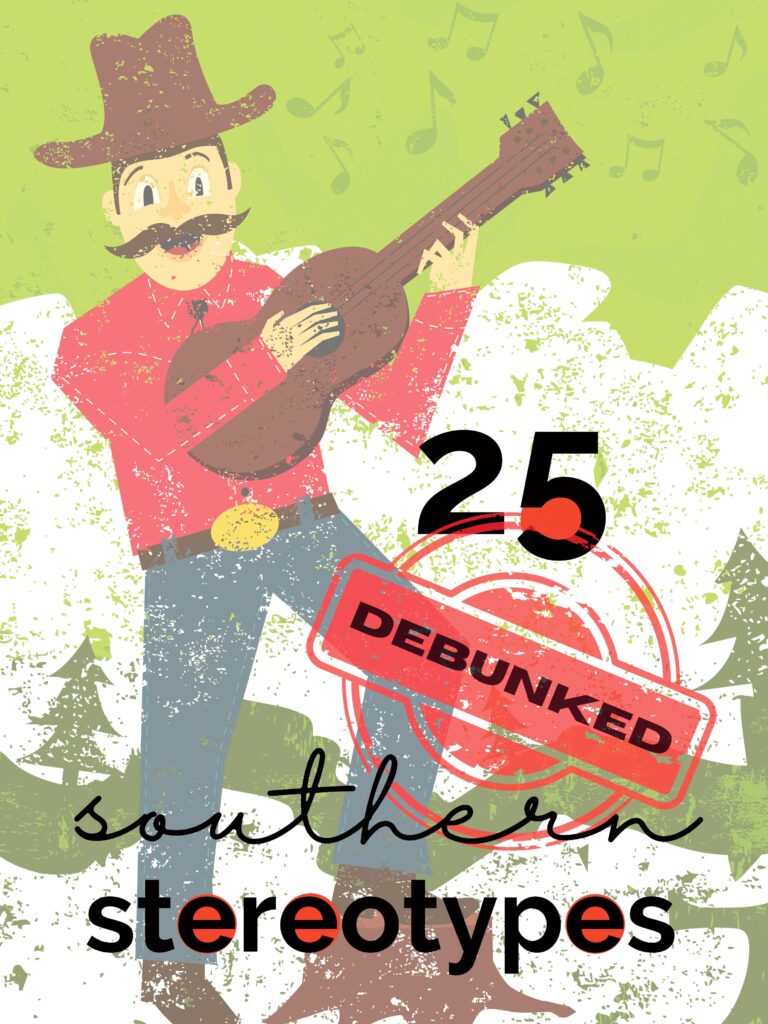Is Missouri In The South? Exploring The Regional Riddle!
Missouri, situated in the heart of the Midwest, had me scratching my head when deciding, “Is Missouri in the South“? And guess what? I wasn’t the “Lone Ranger” in my confusion!
There is a debate about whether Missouri belongs to the South based on its historical and cultural influences or is more aligned with the Midwest due to its geographical location and economic connections.
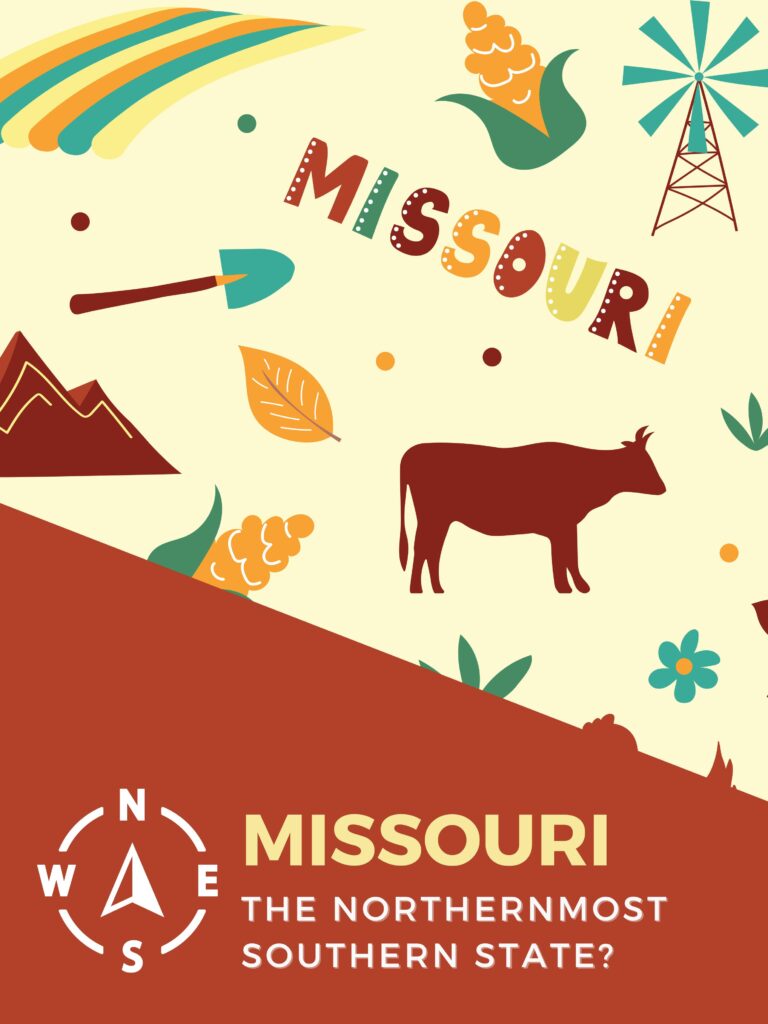
Missouri’s distinct position as a meeting point between the South and the Midwest is essential in comprehending its identity. Furthermore, the fact that it was a border state during the Civil War adds complexity to the discussion.
So let’s examine Missouri’s geographical location and its unique historical and cultural background to determine where it truly belongs.
Is Missouri in the South?
Missouri is officially part of the Midwest region, according to the U.S. Census Bureau; however, just like the South, it boasts cultural diversity and complexity, a significant African American population, and regions like the Ozarks that exude a Southern flavor. During the Civil War, Missouri was a border state harboring Union and Confederate sympathizers. The ambiguous identity of Missouri fuels ongoing debates on whether it should be regarded as part of the South, contingent upon personal perspectives and regional definitions.
Missouri’s Dual Regional Classification
While the Census Bureau considered Missouri Midwestern, the Council of State Governments (CSG) South includes Missouri as a Southern state. As a member of this nonprofit, nonpartisan organization, Missouri stands alongside other southern legislatures from Alabama, Arkansas, Florida, Georgia, Kentucky, Louisiana, Mississippi, North Carolina, Oklahoma, South Carolina, Tennessee, Texas, Virginia, and West Virginia. This recognition emphasizes Missouri’s complex regional affiliation within the Southern context.
Missouri State: An Overview
- Named after the Missouri River, the longest waterway in North America, which carves its path through the state, Missouri’s rich history and diverse geography are defining features.
- On August 10, 1821, Missouri joined the Union as the 24th state, with Jefferson City, positioned in the center of the state, serving as its capital.
- The state’s population exceeds 6 million, ranking it the 18th most populous state in the nation (2023).
- Missouri’s geographical diversity includes the Ozark Mountains, the Mississippi River, and the Missouri River.
- Its historical significance is marked by its role in the Civil War and the Lewis and Clark Expedition.
- Major cities within the state, such as St. Louis, Kansas City, and Springfield, contribute to its robust economy, with key industries like aerospace, agriculture, and manufacturing.
- While generally classified as a state in the Midwestern region, Missouri’s cultural and historical ties also connect it to the Southern states.
- The part of the Missouri Compromise of 1820, which allowed Missouri to enter the Union as a slave state, significantly shaped the state’s cultural and political identity.
Geographical Location of Missouri
The state of Missouri, nestled in the Midwestern region of the United States, shares its borders with eight other states, namely Iowa, Illinois, Kentucky, Tennessee, Arkansas, Oklahoma, Kansas, and Nebraska.
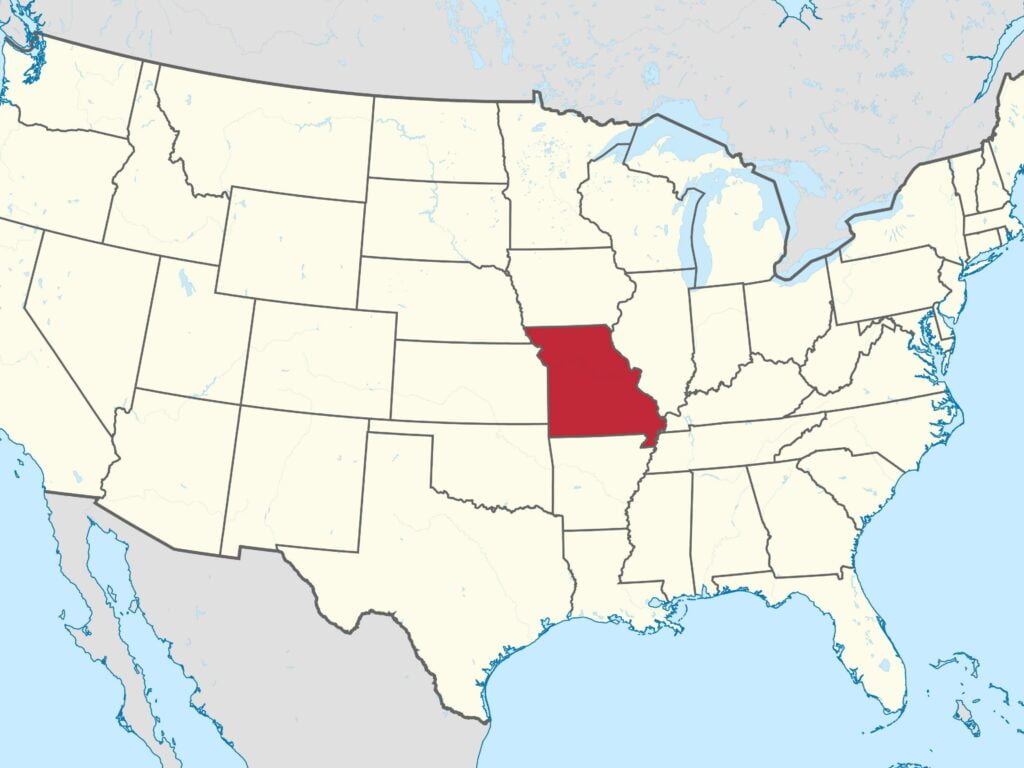
Duckbannanaboy, CC BY-SA 4.0 via Wikimedia Commons
Positioned centrally within the United States, Missouri often carries the label of a heartland territory. Despite this, it also exhibits Southern influences, a testament to its geographical placement and historical background.
Midwestern Influence
Positioned north of the waterway known as the Missouri, the state finds itself within the heartland region of the United States.
The northern portions of this river valley lie within the Northern Plains region, recognized for its flat terrain and agricultural production.
Along this waterway, several major cities, including Kansas City and St. Louis, serve as important economic hubs in this heartland region.
Southern Influence
Although primarily considered a heartland territory, southern Missouri exhibits Southern influences due to its location south of the waterway known as Missouri.
The southern portions of this river valley are characterized by the Ozark Mountains, renowned for their rugged terrain and scenic beauty. These mountains, located in the southern portion of the state, are a popular tourist destination.
The state’s proximity to the Mississippi and the waterway known as Missouri has significantly influenced its history and culture.
The state was named after the latter, which was named after the Native American tribe that resided along its banks.
The Mississippi and the waterway known as Missouri served as crucial transportation routes for goods and people, playing a key role in the growth of the state’s economy.
In conclusion, while primarily considered a heartland territory, Missouri exhibits Southern influences due to its location and history. The state’s proximity to the Mississippi and the waterway known as Missouri has significantly impacted its culture and economy, and the Ozark Mountains in the southern portion of the state are popular tourist destination.
Historical Background of Missouri
Missouri’s Early History and Connection to Slavery
Missouri has a rich and complex history that is intertwined with the South. As a former slave state, Missouri played a significant role in the Civil War and the fight for civil rights.
Missouri was part of the Louisiana Purchase in 1803 and became part of the Missouri Territory in 1812.
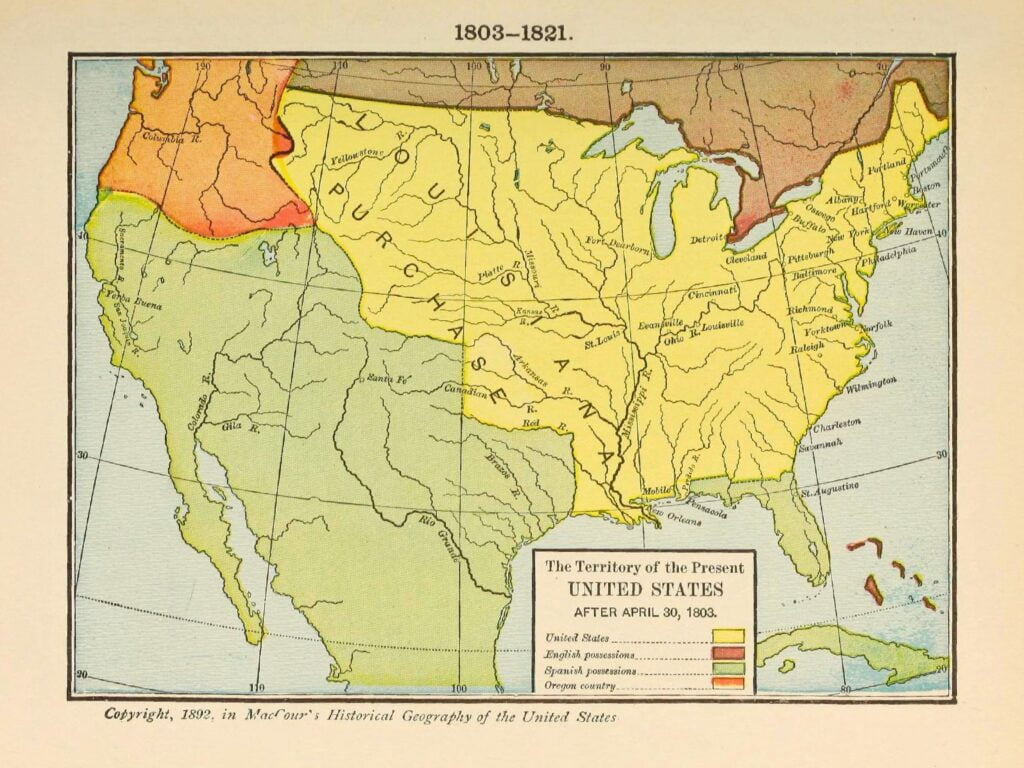
CREDIT: Library of Congress
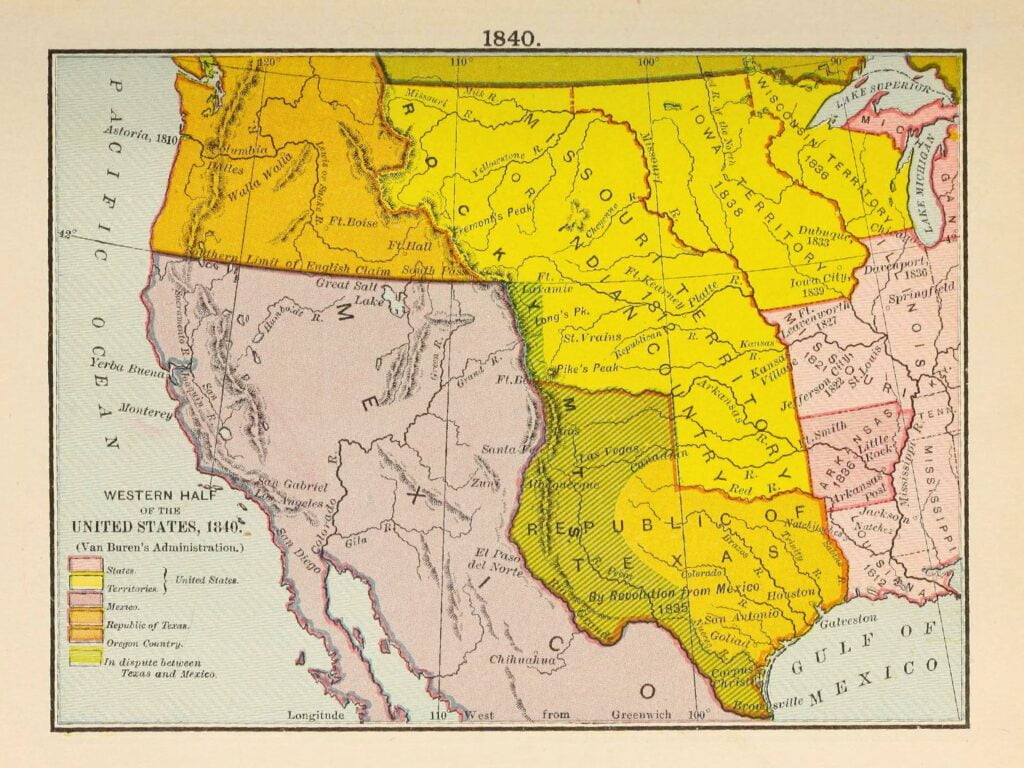
CREDIT: Library of Congress
The Missouri Territory was admitted to the Union as the 24th state in 1821 as a slave state under the Missouri Compromise of 1820. This compromise allowed Missouri to be admitted as a slave state while Maine was admitted as a free state, maintaining the balance of free and slave states in the United States.
The Missouri Compromise
During the early 19th century, the issue of slavery was a major point of contention in the United States. The Missouri Compromise of 1820 was a critical piece of legislation aimed at preserving the balance between slave and free states in the Union.
The Missouri Territory was seeking admission as a state, but the question of whether it would enter the Union as a slave state or a free state sparked heated debates in Congress. To maintain the delicate political balance, Maine, which was part of Massachusetts at the time, was proposed for admission to the Union as a free state. This was done in conjunction with Missouri’s admission as a slave state.
By admitting Maine as a free state, the Missouri Compromise sought to keep an equal number of slave and free states in the Union. According to the compromise, slavery would be prohibited in the remaining territories of the Louisiana Purchase north of the southern boundary of Missouri (except within the boundaries of the state of Missouri itself).
The compromise helped to temporarily ease tensions between the North and the South over the issue of slavery. However, it only postponed the inevitable, eventually leading to the outbreak of the Civil War in 1861.
Conflict Over Slavery
In the mid-1800s, Missouri was home to both pro-slavery and anti-slavery forces, and tensions between the two groups often erupted into violence.
A notable example of this was the series of “Bleeding Kansas” confrontations in the Kansas Territory and western Missouri between 1854 and 1859. These conflicts, which involved electoral fraud, raids, assaults, and murders, were carried out by pro-slavery “border ruffians” and anti-slavery “free-staters.” The violence was so intense that this period has been referred to as a “Tragic Prelude” to the American Civil War.
This struggle over slavery further ties Missouri’s history to the Southern states, where similar conflicts occurred.
The Expulsion of the Mormons
In 1838 the state expelled the Mormons from Missouri due to their religious beliefs. This event, part of the larger 1838 Mormon War, mirrors the Southern experiences of conflict and exclusion due to religious and cultural differences.
The state’s intolerance towards the Mormon religious minority and the forced removal to maintain cultural homogeneity echo struggles faced by many Southern states. These historical similarities contribute to the perception of Missouri as a Southern state, despite its geographical location in the Midwest.
Missouri During the Civil War
During the Civil War, Missouri was a border state and remained in the Union, although fighting in the state was intense and bloody. After the secession of southern states began, Missouri was admitted to the Confederacy, but the state government remained loyal to the Union.
Post-War Changes and Reconstruction
After the war, Missouri was part of the Reconstruction era and underwent significant changes. The state ratified a new constitution in 1865 that abolished slavery and provided for greater civil rights for African Americans.

Artist, E. Knobel – CREDIT: Library of Congress
Today, Missouri is considered a Midwestern state, but its historical ties to the South are still evident.
The state’s legislature called for a vote on secession in 1861, and the state’s future was uncertain for a time. However, Missouri remained in the Union and has since become a state known for its diverse culture and rich history.
Missouri Today
Geographic and Cultural Influences
Missouri is often referred to by its distinctive nickname, the “Show-Me State.” This moniker encapsulates the practical, evidence-seeking spirit of its residents, reflecting a key aspect of the state’s cultural identity.
Why Is Missouri Called The Show-Me State?
The exact origin of the nickname “The Show-Me State” for Missouri is unclear, but it’s widely attributed to a phrase used by U.S. Congressman Willard Duncan Vandiver in a speech he gave in 1899. Vandiver served as a U.S. Representative from Missouri, and during a speech, he reportedly said, “I come from a state that raises corn and cotton and cockleburs and Democrats, and frothy eloquence neither convinces nor satisfies me. I am from Missouri. You have got to show me.“
This phrase shows that people from Missouri like to see things for themselves before they believe them. They are known for being hardworking, sticking to traditions, and needing proof before they accept something as true. This is why we often use the “show me” phrase to describe the typical traits of people from Missouri.
However, it’s important to note that while this story is widely accepted, the State of Missouri does not officially recognize a state nickname.
The southern part of Missouri, often considered part of the Upper South, contrasts with the northern portion, seen as part of the heartland. The Missouri Bootheel, nestled in the southeast corner of the state, shares both cultural and geographical ties with the South. This area, south of the Missouri River, has a distinct cultural landscape compared to the regions north of the river, adding to the state’s diverse cultural tapestry.
Climate and Geography
Missouri’s climate is generally humid continental, characterized by hot summers and cold winters. The state is home to the Missouri River Valley, a significant aspect of its geography. This waterway, stretching from the northwest corner of the state to the southeast, has been made more navigable for commercial traffic through dredging, contributing to the state’s diverse landscapes and its importance as a transportation hub.

Government and Politics
The government of Missouri comprises the Missouri General Assembly, the legislative branch, and the executive branch, which includes the governor and other elected officials. Missouri also holds political importance, historically serving as a swing state in presidential elections. In fact, Missouri has been known to vote for the winning presidential candidate more than any other state, earning it a significant place in the state and nation’s political landscape.
Education
The University of Missouri, one of the largest public universities in the state, has several campuses throughout Missouri. The state also hosts several private universities, including the Missouri University of Science and Technology. A high percentage of Missouri high school graduates go on to attend these and other institutions within the state, contributing to the state’s educated workforce.
Economy
Missouri is one of America’s largest lead producers, with a long history of mining and manufacturing. While early Missouri farmers practiced subsistence farming, agriculture has become a major industry today, with beef being the most significant commodity. In fact, Missouri is ranked as the second-largest beef-producing state after Texas.
Progressive Policies
Missouri is known for its progressive policies, including the Missouri state law protecting persons from discrimination based on sexual orientation. Missouri voters rejected prohibition in 1934, making it one of the first states to do so. These progressive stances reflect the state’s commitment to inclusivity and individual rights.
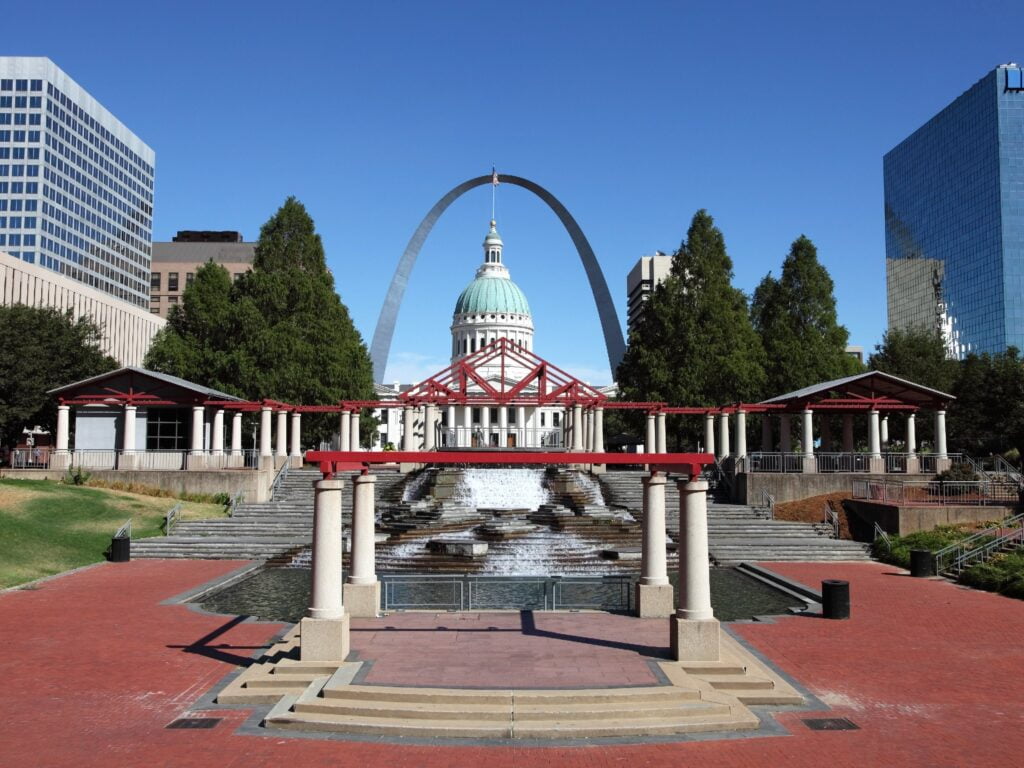
Population and Weather
A substantial part of the population resides in rural areas due to the sparse population in many parts of the state. Missouri often experiences severe weather, including tornadoes, thunderstorms, and flooding, particularly in the southeastern part of the state and along parts of the Missouri River.
Present-Day Missouri
While I’ve never visited Missouri, nor do I call it home, my extensive research on the state has revealed something quite special. With its rich history, vibrant culture, and beautiful landscapes make it a compelling place to live, work, and visit. From its significant role in American history to its diverse geography and progressive policies, Missouri offers a unique blend of experiences that reflect both its heartland roots and Southern influences. Despite being originally defined as the Missouri Territory, it has grown to become the 24th largest state in the Union, with a future that continues to be shaped by its past.
Your Questions, My Answers
My Final Thoughts
As I conclude my discussion on whether Missouri is in the South, I hope I have provided a comprehensive understanding of the complex cultural identity of this state.
While some may argue that Missouri is not a Southern state due to its geographical location, others may point to its historical significance in the Civil War and its cultural ties to the South.
If you want to dive deeper into what defines a state as ‘Southern,’ don’t miss my article on What States Are Southern.
Regardless of its classification, I encourage readers to appreciate Missouri’s unique history and cultural complexity. From the Gateway Arch in St. Louis to the Ozark Mountains, Missouri offers a diverse range of experiences that reflect its rich cultural heritage.
As with any state, Missouri is more than its geographic location or cultural identity. It is a place where people live, work, and play, and its history and culture continue to shape the lives of its residents.
So, whether you consider Missouri in the South, call it a Southern sister, brother, or distant cousin twice removed, take the time to appreciate all this state offers.
Scribble Of The Day: Missouri Quote





